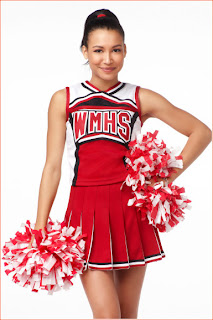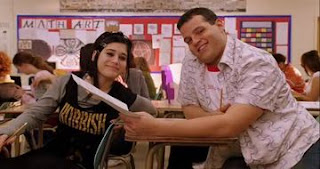Action films where the female is the main star are becoming more common. If teens are watching girl fighting on a regular basis, they are going think it is normal and act in the same way. This could be a contributing factor to the increase in female violent crimes. In 2010, 162 more females were apprehended than in 2009. These teenage girls are not just giving themselves bad names but also teenage girls in general. Other generations will think that we are all extremely violent.
Females starring in action films, show women in a non-stereotypical because unlike most other movies, the female is sticking up for them selves, but they are doing it in a bad way.
A female action movie like Chrlies Angles could have a negative influence on teenagers because they use lying, manipulation, and physical fighting to 'save the day'.
This could give teens the idea that its right to lie to people to get what you want and to use physical abuse, to get a result. Charlies Angles not only saves the day, but sometimes they pay people back for hurting them, which isn't necessary. This is sending the wrong message to teenagers.
Another TV show that deals badly with violence is 'Revenge'. It is about a girl who grew up in the Hamptons, and the rich powerful people who lived there destroyed her family and killed her father. She returns when shes older to take revenge and get them all back for what they did to her. This teaches bad morals, that it is ok to not forgive people and old grudges.
Some TV shows and movies have content which isn't suitable for teens because it gives them negative ideas, and encourages them to fight.










